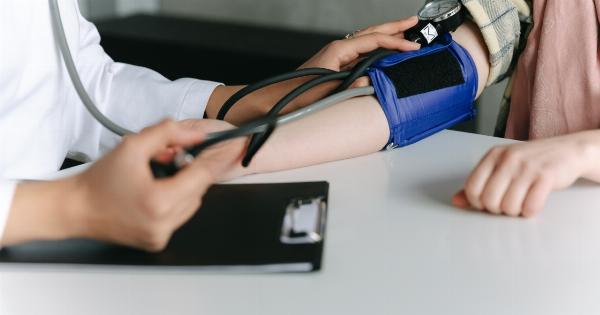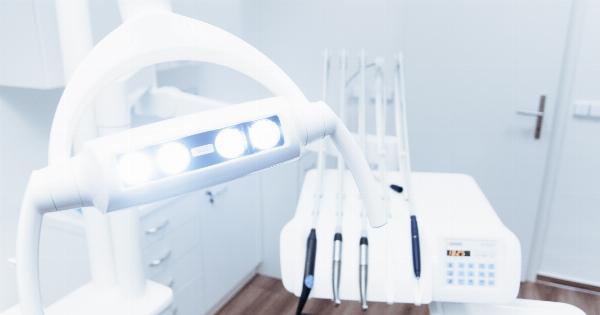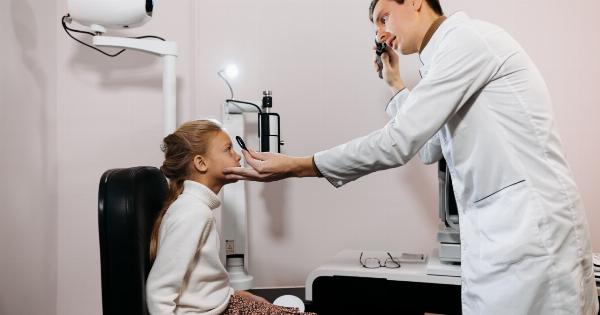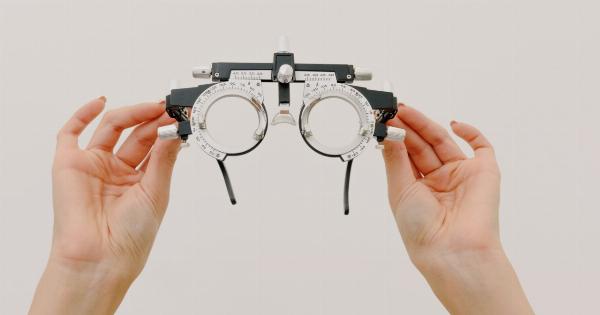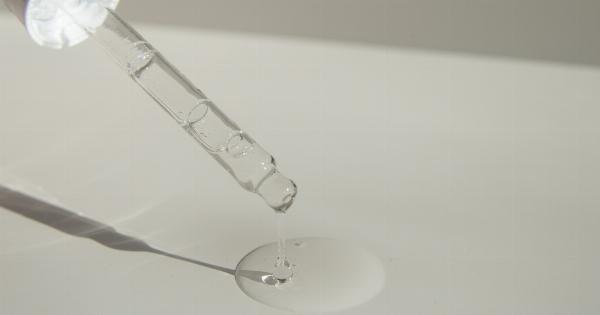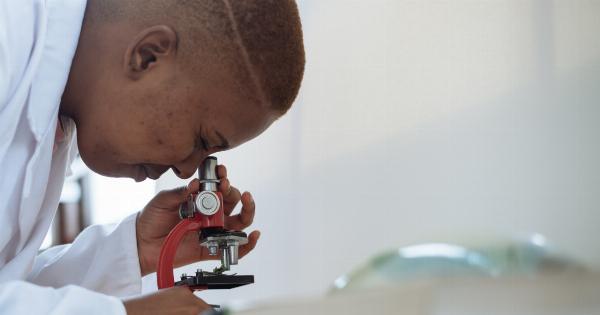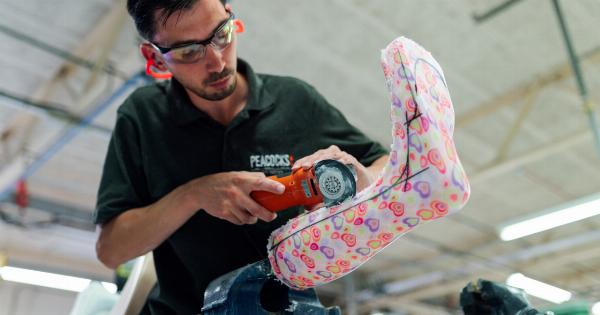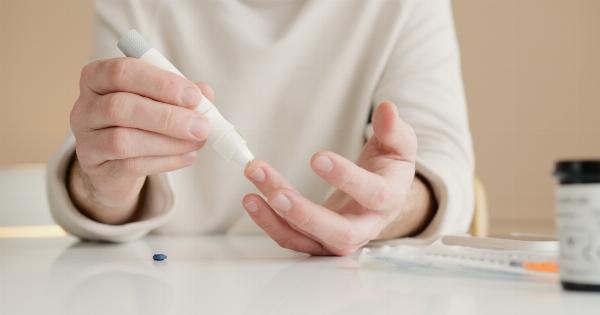In recent years, advancements in medical technology have revolutionized the way various diseases are diagnosed and treated.
One such breakthrough in cardiology is the subcutaneous defibrillator implantation, which has emerged as a life-saving procedure for the prevention of heart death. This article aims to provide an in-depth understanding of this procedure and its significance in the context of evangelizing individuals about the importance of heart health.
Understanding Subcutaneous Implantable Cardioverter-Defibrillators (S-ICDs)
Subcutaneous Implantable Cardioverter-Defibrillators, commonly known as S-ICDs, are a type of implantable device used to detect and treat life-threatening cardiac arrhythmias.
Unlike traditional transvenous ICDs, which involve the insertion of leads through veins into the heart, S-ICDs are placed under the skin, providing a less invasive and more comfortable option for patients.
The Procedure
The implantation of S-ICDs involves a surgical procedure, typically performed by a cardiac electrophysiologist. The patient is placed under local anesthesia, and a small incision is made under the left armpit.
Through this incision, the leads and the pulse generator are inserted under the skin, beneath the rib cage. Once in place, the S-ICD continuously monitors the heart’s rhythm and delivers a life-saving shock if a dangerous arrhythmia is detected.
Advantages of Subcutaneous Defibrillator Implantation
Subcutaneous defibrillator implantation offers several advantages over traditional transvenous ICDs:.
- Reduced infection risk: By avoiding intravascular leads, the risk of infection associated with traditional ICDs is significantly lower.
- Improved patient comfort: The S-ICD system is entirely placed beneath the skin, reducing discomfort and allowing patients to perform regular activities without restrictions.
- Less invasive procedure: The absence of leads inside the blood vessels eliminates the need for extensive vascular access procedures, reducing surgical complications.
- Easier lead revision: In case of lead malfunction or a patient’s lifestyle change, lead revision or extraction is simpler in S-ICDs.
Who Could Benefit from Subcutaneous Defibrillator Implantation?
S-ICDs are particularly beneficial for individuals who are at high risk of sudden cardiac arrest due to various conditions:.
- Ischemic or non-ischemic cardiomyopathies
- Long QT syndrome
- Brugada syndrome
- Arrhythmogenic right ventricular dysplasia/cardiomyopathy
- Hypertrophic cardiomyopathy
- Hospitalized patients with temporary contraindications to transvenous lead placement
Potential Complications
While subcutaneous defibrillator implantation is generally safe, like any surgical procedure, it carries a small risk of complications:.
- Device site infection
- Lead dislodgement or fracture
- Delayed wound healing
- Device-related discomfort
Post-Implantation Care
Following subcutaneous defibrillator implantation, proper care and regular follow-ups are essential to ensure optimal device performance and patient well-being. Patients are advised to:.
- Keep the implant site clean and dry
- Avoid activities that could lead to physical trauma near the implant site
- Attend scheduled follow-up appointments for device testing and evaluation
- Adhere to any specific restrictions or guidelines provided by their healthcare provider
Educating the Evangelism about Heart Death Prevention
Educating the evangelism, or those who are passionate about spreading the word, about subcutaneous defibrillator implantation and heart death prevention is crucial.
By raising awareness about this life-saving procedure, they can help individuals understand the importance of early detection and intervention in cardiac arrhythmias. Spreading knowledge about S-ICDs can empower people to protect their heart health and potentially save lives.
The Future of S-ICDs
As technology continues to advance, the future of subcutaneous defibrillator implantation looks promising. Ongoing research focuses on improving the existing devices and exploring novel approaches in device design and functionality.
These advancements aim to enhance patient outcomes, increase device longevity, and further reduce the invasiveness of the implantation procedure.
In Conclusion
Subcutaneous defibrillator implantation has emerged as a life-saving procedure for the prevention of heart death.
This innovative technique offers numerous advantages over traditional transvenous ICDs and is particularly beneficial for high-risk individuals. By educating the evangelism about this procedure and heart death prevention, we can make a significant impact in promoting heart health and saving lives.


